Home Learning Toys in the Early Years
How to evaluate toys through Passive Play and Active Play
Passive play vs Active play with home learning toys in the early years, develop different sets of skills, learning through play. So, what’s the difference?
When children are playing they want to be engaged, sparking their imagination, developing different foundation skills. Children are naturally curious they like to explore, experiment the world around them. How do we foster this?
Home learning toys contribute to the way children play especially in their early developmental stages. During children’s early years we want children to develop specific skills through play, fine motor, gross motor, speech and language, social and emotional, problem solving and creativity.
In a toy collection, specific-use toys develop specific skills. Here, the toy limits the play.
We can call these toys Passive toys.
An example of a passive toy is one that tells you colors or songs the alphabet, digital games, yes there is still educational value. Specific educational value.
A passive toy can be very good for a single issue: if a child has speech and language delays an adult educator can use a passive – single minded – toy to concentrate on this area of development.
At Edx Education we look at the educational value of open-ended with endless possibilities. These encourage individual thinking, problem solving, cognitive development, speech and language. These promote creativity to develop fine and gross motor skills.
We can call these Active toys.
Active toys include building blocks or Rainbow Pebbles where a child can explore, experiment and develop the foundation skills to work through specific maths problems or the child can simply build a rocket to the moon. And if you’re lucky, both at the same time!
Active toys promote the child to lead the play with their imagination. They can be used for multiple age ranges. If you are on a budget, these are toys that can grow with your children’s play.
As the manufacturer of educational toys, at Edx Education we look at who is leading the play: the child or the toy. We ask teachers and parents which toys their children engage with, which toys spark their imaginations and allow creative and active play. This is how we evaluating the educational value of a toy.
Posted by Heather Welch, Edx Education

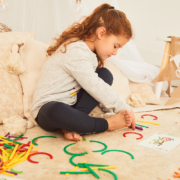 edx education
edx education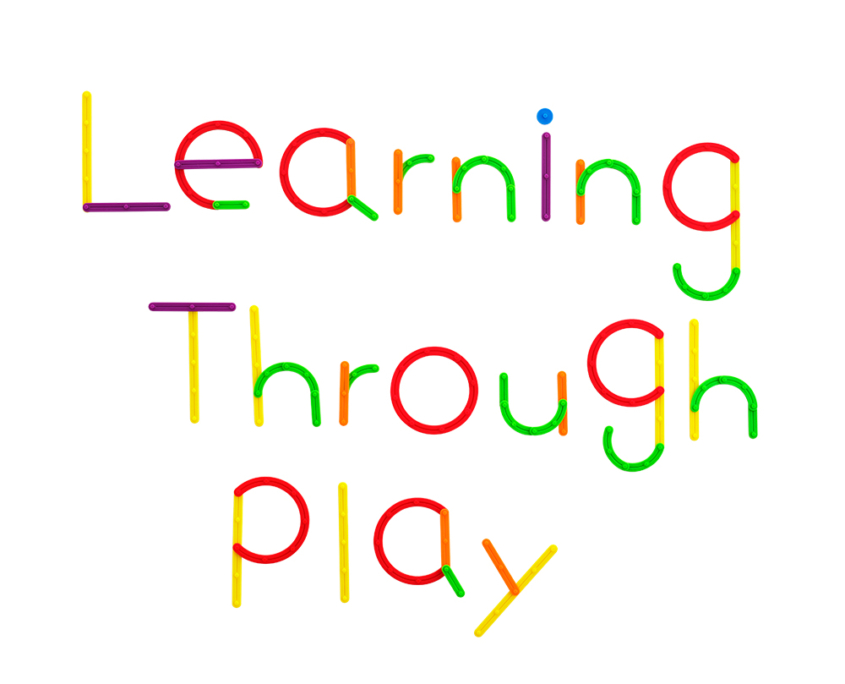
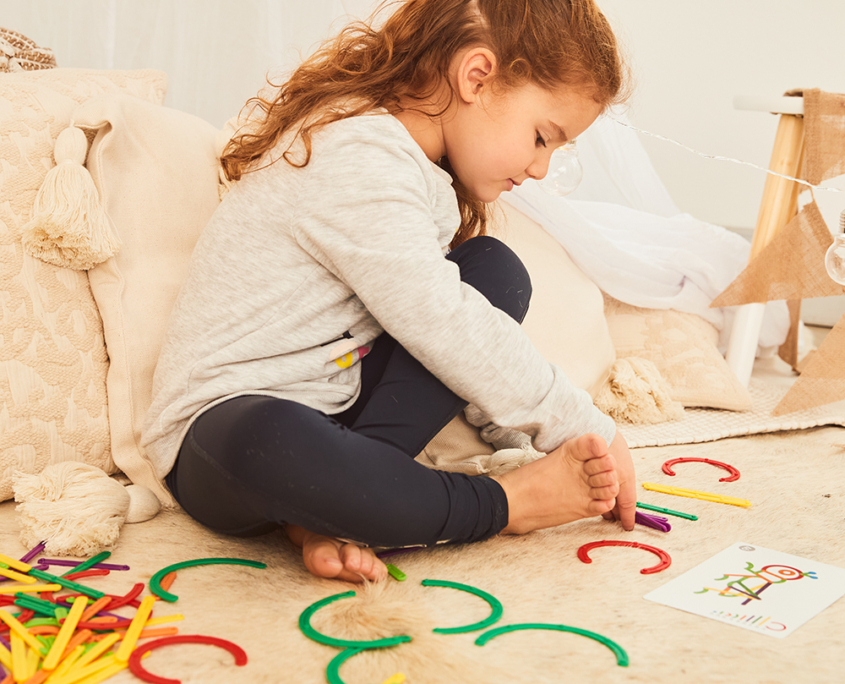
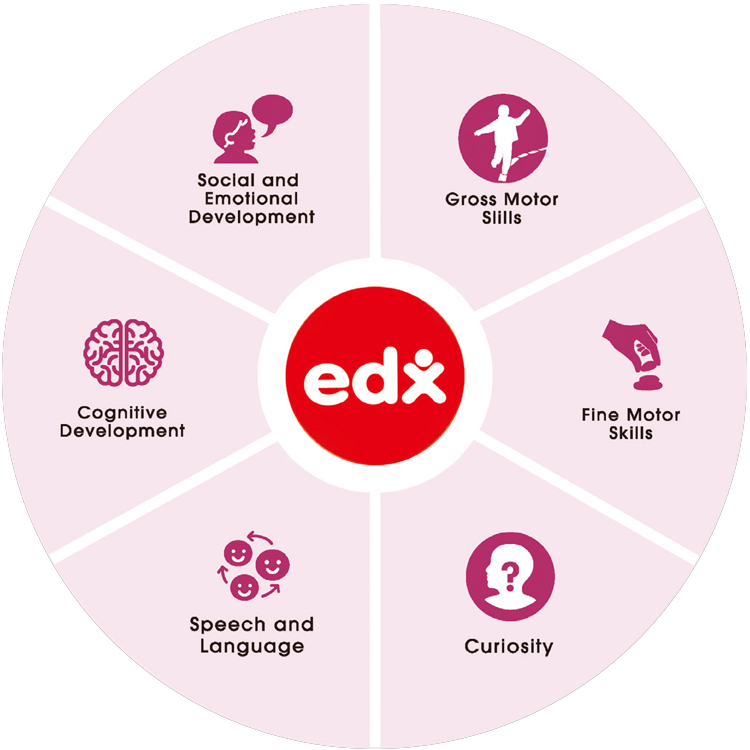
 Edx Education
Edx Education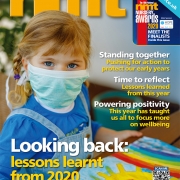 Edx Education
Edx Education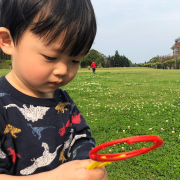 Edx Education
Edx Education
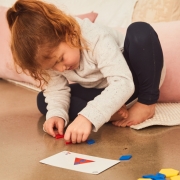
 Edx Education
Edx Education Edx Education
Edx Education Edx Education
Edx Education